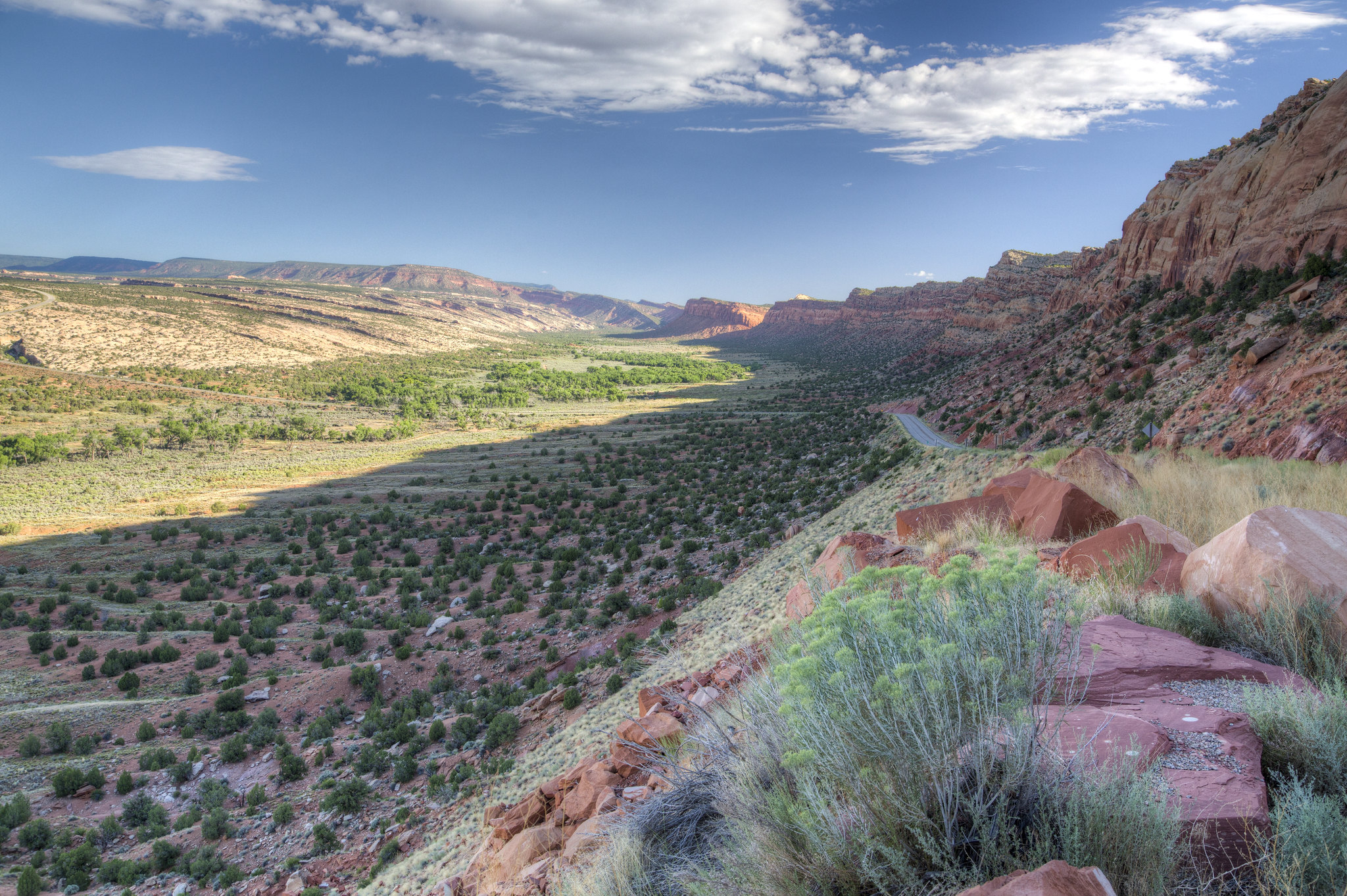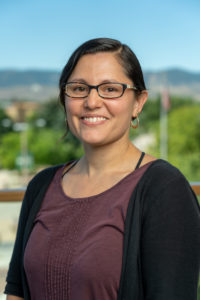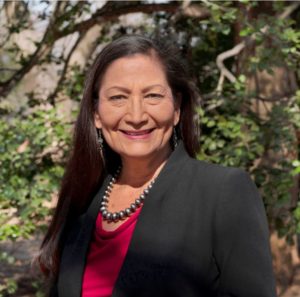
Bears Ears National Monument in southeastern Utah protects one of the most significant cultural landscapes in the United States, with thousands of archaeological sites and important areas of spiritual significance.
Photo: Bob Wick, Bureau of Land Management
In a new class at Colorado State University, students are discussing land acknowledgements from universities, the future of Bears Ears National Monument, and the historic appointment of former Rep. Debra Haaland of New Mexico as the first Indigenous person to serve as secretary of the U.S. Department of the Interior.
“Natural Resource Rights and Reconciliation” covers hundreds of years of history, policy and land stewardship in the United States. The class was created and is led by Dominique David-Chavez, provost’s postdoctoral fellow in the Department of Forest and Rangeland Stewardship.
As part of the learning process, there’s a lot of “unlearning” involved about assumptions that students have been taught in history and other classes, said David-Chavez, who received her doctoral degree in Human Dimensions of Natural Resources from CSU.
Tribes are more than minority stakeholders

There has been a longstanding assumption that tribes are just another minority stakeholder group in the U.S. But David-Chavez said tribes are rights holders in many contentious situations where officials are trying to determine what to do on public lands.
Recognition of tribal nations’ rights was growing during President Barack Obama’s time in office, she noted. The Haaland appointment hints at the federal government potentially considering accountability for past and future actions affecting Native peoples.
“When you look at the environmental and climate crisis we’re facing in this nation, we need to find new ways of thinking to address these issues,” said David-Chavez. “But we also have to use ‘old’ ways of thinking to guide the decisions we make, especially as we think about natural resources or, rather, our nature relations.”
There is growing recognition of the critical importance of a more truthful telling of natural resource history and policy in this country, added Professor Linda Nagel, who also serves as head of the Department of Forest and Rangeland Stewardship at CSU.
“Dr. David-Chavez’s new course serves a pivotal role at CSU by teaching natural resource stewardship by both looking back at generations of Indigenous relationship with nature, while featuring leading contemporary Indigenous voices to identify solutions or approaches to global environmental problems,” she said.
Engaging students
David-Chavez, a researcher and instructor, identifies as a multicultural Indigenous Caribbean American, and a member the Arawak Taíno community. She said she has found teaching the class and engaging with students on these topics to be healing.
“Having these conversations with engaged students is helping me deal with a lot of frustration and angst I felt in my own education, not having access to an accurate history,” said David-Chavez. “When I was in college, there was not even an opening in class on how to address a lot of concerns around oppression and reconciliation for Native peoples.”
“I checked with students at the beginning of the course and asked: How many tribal nations are in the U.S.? Most of them are in shock when they learn that there are 574 federally recognized tribes, numerous tribes recognized by states, and other Indigenous communities in U.S. territories,” she said.
David-Chavez said what she’s doing is hard work but also really exciting.
“There’s an incredible amount of scholarship and data coming out right now, and new leadership that I can point these students to,” she said. “It’s not just me carrying that weight. There’s a lot of us doing this work now.”
Students interested in ‘unlearning’ history

Soutine Casasanto-Zimmermann, a fourth-year student in the Department of Fish, Wildlife, and Conservation Biology, said that she was really happy to see this course offering. She had previously learned a little about Native American history in classes at CSU and Fort Lewis College.
Growing up in Michigan, Casasanto-Zimmermann said she thought Native Americans were an almost mystical people. “I didn’t even know that they farmed,” she said.
Now, she’s become more aware that how she was taught this history is part of the problem.
“A lot of white settlers looked at Native Americans like savages,” she said. “Even if it doesn’t have the same negative connotation, we have still been taught to separate Native Americans from what we consider to be Western culture.”
Students in the class recently read part of a book written by Dina Gilio-Whitaker, a lecturer of American Indian Studies at California State University San Marcos.
Casasanto-Zimmermann said the subsequent classroom conversation, which focused on preservation and conservation, was powerful. In the book, Gilio-Whitaker described how preserving the land in its pristine, original way is a misconception.
“The land was always manipulated and used by the people that lived here,” Casasanto-Zimmermann said. “After reading that chapter, I saw how we talk about preserving the land, in the way of leaving it be. It oppresses the history of an entire people, by trying to pretend it was always untouched. There were people living on that land. In order to make those wilderness areas, we had to force people out of the land they were using to survive.”
A larger aim of reconciliation
David-Chavez said there are parallels between what her students are learning this semester and what is occurring right now in the nation, such as momentum from the Black Lives Matter movement and historic inclusion of women and people of color in top positions in the Biden Administration.
“This really connects with the class that I’m teaching and the larger aim that we have yet to really embark very far on this pathway of reconciliation in the U.S.,” she said.
In South Africa, Canada and New Zealand, federal officials have already been working on truth and reconciliation.
“We have a parallel history in terms of genocide and enslavement of peoples, yet we don’t have the truth and reconciliation here yet,” she said. “It’s going to be complicated and there’s going to be a lot of tension. It’s part of a larger shift right now in our young nation, toward that work that is really needed for Indigenous and Black communities. That’s part of the work we’re doing here.”